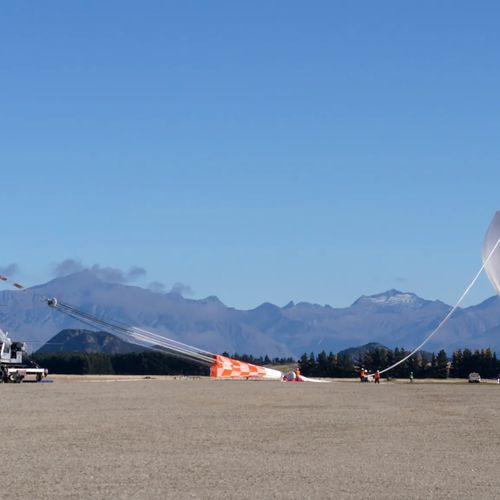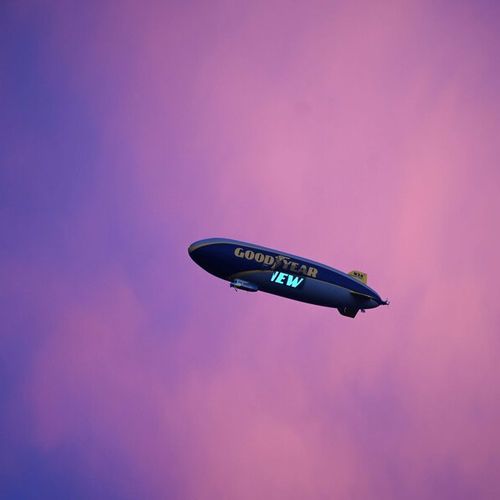
| Added | Sat, 02/12/2023 |
| Источники | |
| Дата публикации | Sat, 02/12/2023
|
| Версии |
NASA has announced the launch of the annual Antarctic Long Duration Balloon Launch (LDB) campaign, which will include a series of scientific balloon flights from the LDB camp near McMurdo Station in Antarctica.
In total, five flights will take place as part of the campaign, one of which will be aimed at breaking the NASA record for the longest flight in a heavy balloon. The main event of this year's campaign will be the Galactic/Extragalactic Spectroscopic Terahertz Observatory ULDB (GUSTO), which will map a significant part of the Milky Way galaxy and the nearby Large Magellanic Cloud.
The GUSTO mission, managed by NASA's Office of the Explorers Program at the Goddard Space Flight Center, will be led by Principal Investigator Christopher Walker of the University of Arizona. Equipped with sensitive detectors of carbon, oxygen and nitrogen emission lines, the GUSTO telescope will provide an in-depth view of the full life cycle of the interstellar medium.
The LDB Antarctic Campaign provides a unique opportunity for long-term missions due to the favorable environment and stratospheric wind conditions in Antarctica. The BPO team at NASA is pleased to support all missions this year.
The following missions are planned as part of the campaign:
- Cosmic Ray Energy and Mass (CREAM) The CREAM mission aims to measure cosmic rays, high-energy particles originating outside our Solar system. By studying these cosmic rays, scientists hope to better understand their origin and how they interact with the Earth's magnetic field.
- The Supertrans-iron Galactic Element Recorder (SuperTIGER) SuperTIGER is designed to measure rare elements heavier than iron in cosmic rays. By studying these heavy elements, scientists will be able to learn more about the processes occurring in supernovae and other astrophysical phenomena.
- The High-Altitude Student Platform (HASP) HASP is a student mission that provides students with the opportunity to design, build and conduct experiments on a high-altitude balloon. A number of experiments will be conducted at HASP this year, including research on atmospheric chemistry and cosmic rays.
- The Radiation Dosimetry Experiment (RaD-X) RaD-X is a mission aimed at measuring radiation levels in the Earth's atmosphere. By studying the effects of radiation on airplanes and passengers, scientists will be able to improve radiation safety measures during air travel.
- The Antarctic Pulse Transient Antenna (ANITA) ANITA is a balloon-mounted radio telescope designed to detect ultrahigh-energy cosmic neutrinos. These neutrinos, which are produced by high-energy astrophysical sources, can provide valuable insights into the most extreme phenomena in the universe, such as black holes and supernovae.
The LDB Antarctic campaign provides scientists with a unique opportunity to conduct long-term missions in near space. With the support of NASA's Balloon Program Office, these missions will contribute to our understanding of the universe and help advance space exploration.
Новости со схожими версиями
Log in or register to post comments









